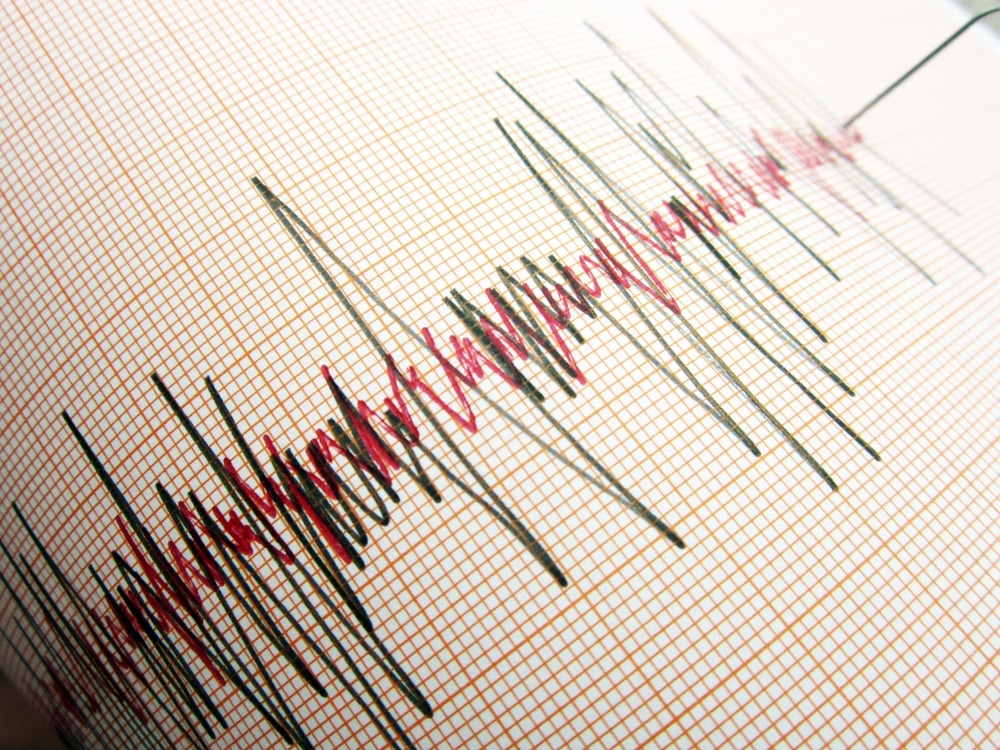Thousands of animals have died in East Palestine, Ohio, in the aftermath of the train derailment that sent numerous hazardous substances into the surrounding area. Officials said on Tuesday that in the immediate days following the Feb. 3 incident, there were 3,500 dead fish as local waterways, including the Ohio River, became contaminated.
During the incident, 38 train cars derailed, including several cars that were carrying hazardous materials that each pose a set of their own health risks. On the day of the derailment, there was evidence that one of the train cars was releasing vinyl chloride, a known carcinogen that has been linked to a rare and “exceptionally deadly” form of liver cancer.
Three days later, on Feb. 6, crews conducted a controlled release of toxic chemicals from train cars that were in danger of exploding. It didn’t take long for a massive dark plume to develop above the site – and for people near the area to see and smell the toll of the incident on their environment.
In a now-viral TikTok, one person shows numerous dead fish within an eerily foggy creek that he says is 2 miles from the train derailment. Mary Mertz, the director of Ohio’s Department of Natural Resources, said on Tuesday that an estimated 3,500 dead fish have been found in local streams, tributaries and waterways, accounting for at least 12 different species.
“The good news is that none of those species are threatened or endangered, but that is still a loss of wildlife,” she said. Among the dead fish species are creek chub, mottled sclupin and stonerollers, she said. The department is also monitoring the derailment’s impact on hellbender salamanders, the state’s largest species of amphibian, that is also endangered. According to the department, the animals are “susceptible to poor water quality and excessive siltation of streams.”
The majority of the fish and aquatic creatures counted in the estimate seem to have died within the first couple days of the derailment, she added. “Wildlife officers have been there every day on the scene, working with contractors who are in the water doing the net sampling, making the estimates,” she said, “and we will continue to monitor and watch what’s going on and eventually hold those responsible, accountable for the loss of wildlife in the area.”
However, Mertz said, “we don’t have any evidence of non-aquatic species suffering from the derailment.” “Not only here, but we also communicate with the Pennsylvania game commission as well, and they haven’t heard about that either,” she said. (SOURCE)

















